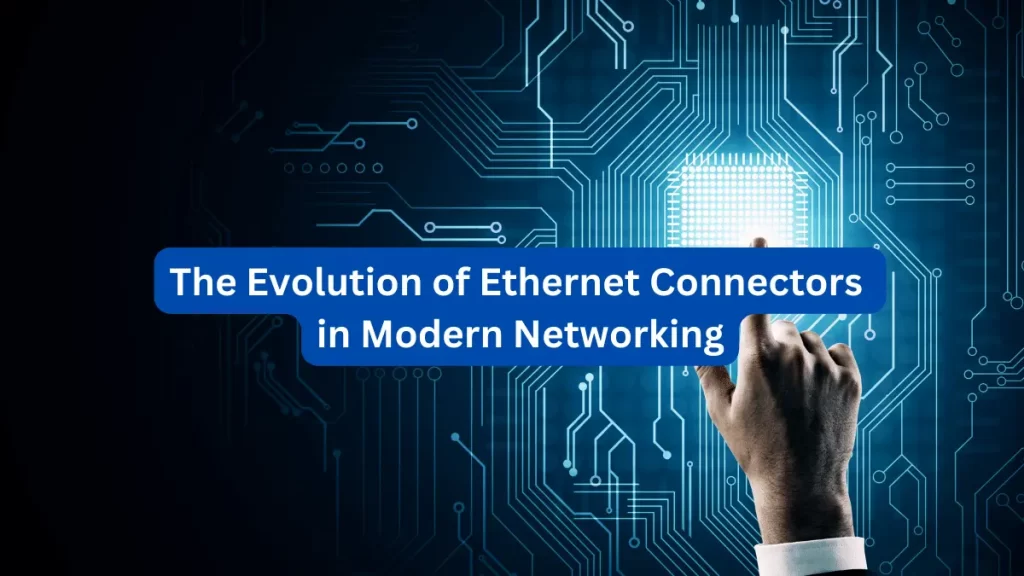In today’s hyper-connected world, where information flows at lightning speed, the evolution of networking technology has been nothing short of remarkable. At the heart of this revolution lies the Ethernet connector, an unsung hero that has enabled seamless data transmission and connectivity on a global scale. In this article, we delve into the fascinating journey of Ethernet connectors, their significance in modern networking, and how they continue to optimize connectivity in diverse environments.
From Humble Beginnings to Global Standard
The inception of Ethernet technology dates back to the 1970s when Xerox Corporation introduced the first Ethernet specification. Its main goal was to create a reliable means of connecting computers within a local area network (LAN). Fast forward to today, and Ethernet has evolved into a global standard for networking, connecting not only computers but also a vast array of devices, from smartphones to smart appliances.
Enabling Seamless Communication
Ethernet connectors are the physical interfaces that allow devices to connect to a network. They have played a pivotal role in enabling seamless communication by facilitating the exchange of data packets between devices. The evolution of Ethernet connectors has led to significant improvements in data transfer rates, with advancements such as Fast Ethernet, Gigabit Ethernet, and most recently, 10 Gigabit Ethernet and beyond. These developments have drastically enhanced network performance, allowing for faster downloads, smoother streaming, and real-time collaboration.
Supporting Growing Bandwidth Demands
As our digital interactions become increasingly data-intensive, the demand for higher bandwidth capacity has skyrocketed. Ethernet connectors have risen to the challenge by continually increasing data transfer rates. The transition from copper-based Ethernet cables to optical fiber has been instrumental in supporting these growing bandwidth demands. Optical fiber offers higher data transmission rates and immunity to electromagnetic interference, making it an ideal choice for modern networking infrastructures.
Enhancing Network Reliability
In addition to speed, Ethernet connectors have played a crucial role in enhancing network reliability. Redundancy features, such as link aggregation and failover mechanisms, ensure that network downtime is minimized. These features are particularly critical in mission-critical environments like data centers, where uninterrupted connectivity is imperative.
Adapting to Changing Environments
The evolution of Ethernet connectors isn’t just about speed and reliability—it’s also about adaptability. With the rise of the Internet of Things (IoT) and the proliferation of connected devices, Ethernet connectors have evolved to accommodate different types of devices and applications. Power over Ethernet (PoE) technology, for instance, allows Ethernet cables to carry both data and electrical power, simplifying the deployment of IoT devices that require constant power supply.
Future-Proofing Through Innovation
As we look to the future, Ethernet connectors are poised to continue their transformative journey. The demand for higher data rates, lower latency, and enhanced security will drive further innovation in this space. The implementation of technologies like 5G and Wi-Fi 6 will also influence the evolution of Ethernet connectors, ensuring their compatibility with the broader networking ecosystem.
Conclusion
Ethernet connectors have come a long way from their early beginnings, transforming the way we connect and communicate. Their evolution from basic data links to sophisticated connectors that support high-speed data transfer, reliability, and adaptability has been instrumental in shaping modern networking landscapes. As technology continues to evolve, Ethernet connectors remain a cornerstone of connectivity, bridging the gap between devices and powering the digital interactions that define our interconnected world.

